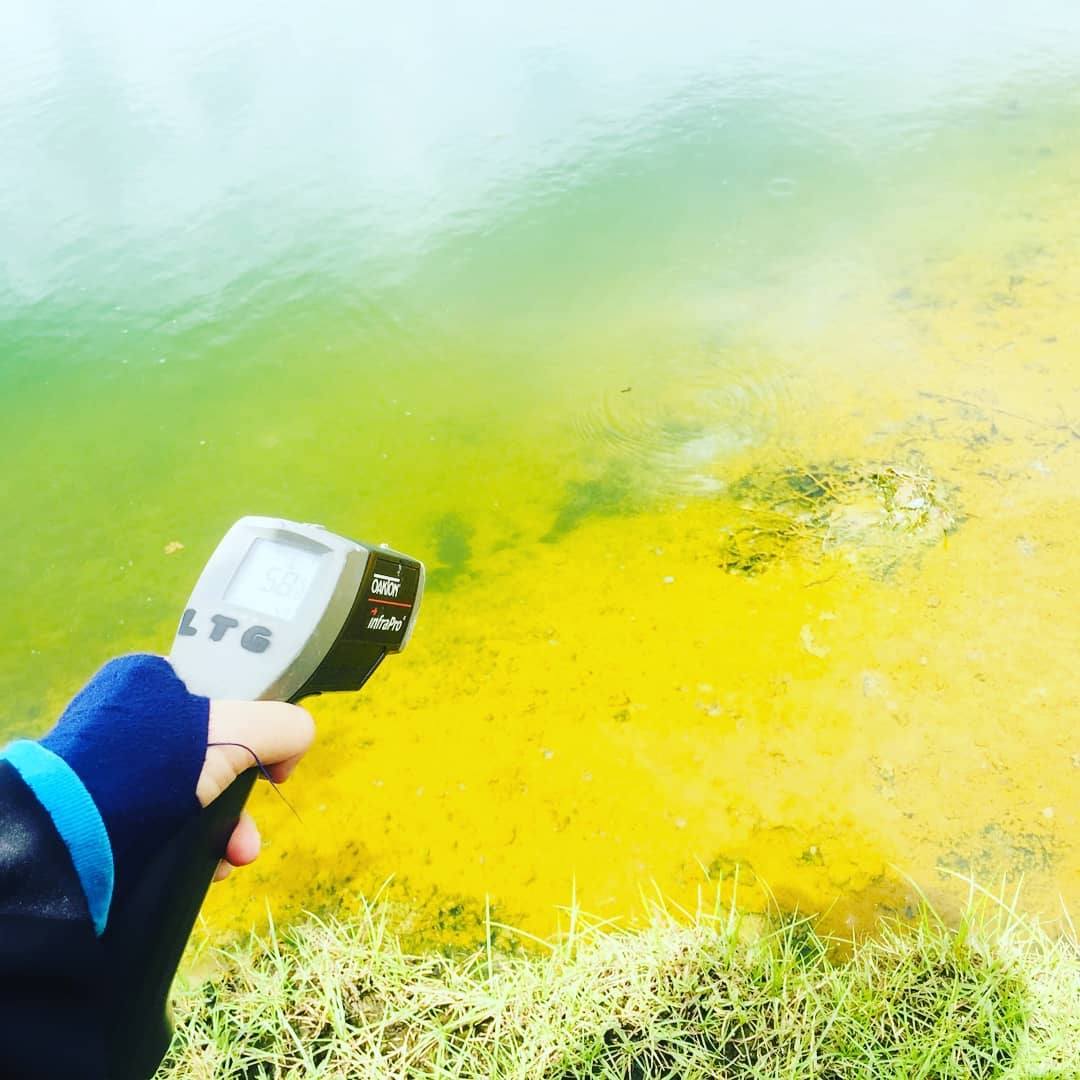Subsurface Shallow Modelling Based on Resistivity Data in The Hot Springs Area of Libungo Geothermal, Gorontalo, Indonesia

Libungo hotsprings
Volcano-tectonic events in Libungo can be the cause of the presence of geothermal potential. There is no detailed research on shallow subsurface conditions in Libungo that can show the distribution of subsurface fluids. This research aims to create a shallow subsurface model of the Libungo geothermal area based on resistivity data. Resistivity data collection was carried out in the Libungo hot springs area. The electrode configuration used is the Schlumberger configuration. The variation in resistivity values is calculated using current data, potential difference data and geometry factors. The results of the calculation of the resistivity values variation are plotted versus depth. Variations of resistivity value versus depth are then displayed in the form of a single log, lithology distribution and 3D lithology model. The results showed that the shallow subsurface of the Libungo geothermal area was composed of andesite, volcanic breccia, silty clay and clay. Andesite in the research area has resistivity values ranging from 320-349 ohm.m, has slightly fracture and is andesite dry. Volcanic breccia has a resistivity value of 177-198 ohm.m, has a well to slightly fracture and is a volcanic breccia moist. Silty clay has a resistivity value of 3.25-37.99 ohm.m and is a wet to moist silty clay. Clay has resistivity values in the range 1.56-2.78 ohm.m and is wet to moist clay. Fluid distribution in the shallow subsurface area occurs in volcanic breccia, silty clay and clay. Shallow subsurface fluids accumulate mostly in the northern part of the Libungo geothermal area.
Keywords: Fracture, Fluids, Thermal, Lithology, Schlumberger.
Manyoe, I. N., & Hutagalung, R. (2020). Subsurface Shallow Modelling Based on Resistivity Data in The Hot Springs Area of Libungo Geothermal, Gorontalo, Indonesia. Journal of Geoscience, Engineering, Environment, and Technology, 5(2), 75-80.
